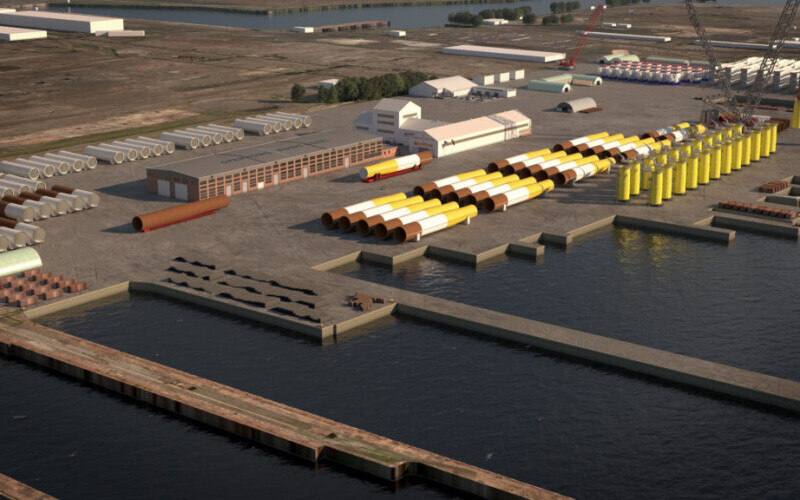This week members of the Biden-Harris administration, announced a commitment to work jointly to evaluate additional areas off Maryland’s shores that could become wind energy areas (WEAs) and support the development of offshore wind projects.
The Biden administration and the state of Maryland will collaborate in advancing review of additional areas that could support the goals of Maryland’s Promoting Offshore Wind Energy Resources Act, including consideration of how federal and state efforts could address any mitigation needed to address existing offshore activities. These efforts are part of the Biden administration’s broader efforts to create thousands of good-paying jobs by growing the U.S. offshore wind industry, with significant progress being made toward the goal of deploying 30 gigawatts (GW) of offshore wind energy capacity by 2030 while unlocking additional opportunities for decades to come.
The announcement follows the Department of the Interior’s release of a proposed sale notice (PSN) to conduct an offshore wind lease sale in mid-2024 of nearly 278,000 acres in the Central Atlantic that could result in enough clean energy to power over 2.2 million homes. The PSN does not include WEA B-1, an area identified for potential leasing in July 2023. An in-depth review of WEA B-1 determined that, given the significant costs and mitigation that would be required, advancing wind energy development in WEA B-1 was not viable at this time .
The administration has preliminarily identified acreage off Maryland’s coast of a similar size and wind energy generation capacity to B-1. This area will be analyzed more fully and collaboratively by the Department of the Interior’s Bureau of Ocean Energy Management, the state of Maryland, federal agencies and other stakeholders as a potential WEA, along with additional potential offshore wind areas all along the Central Atlantic coastline, for inclusion in a subsequent offshore wind lease sale as early as 2025.
The joint work builds on the ongoing work of the Central Atlantic Intergovernmental Renewable Energy Task Force, which includes tribal, federal, state, and local government officials. BOEM will continue to extensively engage government partners, local residents, ocean users, and other members of the public, consistent with process improvements announced last year to advance BOEM’s commitment to meaningful and transparent engagement and use of best available science and modeling to inform decisions on wind energy development.
Additionally, through the Federal-State Offshore Wind Implementation Partnership launched by President Biden, this September the administration announced an MOU between federal agencies and East Coast states on Offshore Wind Supply Chain Collaboration, which includes work to develop a shared timeline on federal leasing and state procurement to facilitate alignment where possible between these schedules.
“The Biden-Harris administration is working hand in hand with our state partners nationwide to build a new American offshore wind industry, cut energy costs for families, and create thousands of good-paying jobs, all while tackling the climate crisis,” President Biden’s national climate advisor Ali Zaidi said in a statement. “Thanks to the leadership of Senators Van Hollen and Cardin and Governor Moore, the future of Maryland’s offshore wind industry is bright. The Biden-Harris administration will continue to use every available tool to ensure American workers and communities reap the economic and environmental benefits of this growing industry in Maryland and across the country."
“The Oceantic Network welcomes BOEM’s announcement of more than 275,000 acres for lease in the Central Atlantic and applauds the commitment from the Biden-Harris administration, Governor Moore, and our federal partners to quickly identify new shallow-water wind energy areas for auction as soon as 2025,” said Liz Burdock, founder and CEO of the Oceanic Network. “These actions will ensure that Maryland can meet its clean energy and economic development goals.
Burdock said that the Central Atlantic states are depending on offshore wind as the cornerstone of their clean energy futures and created policies to position the region as an industry manufacturing and logistics hub. “The federal region is just as dependent on a revived steel industry in Baltimore and thriving Hampton Roads area to anchor a domestic supply chain and meet national goals.”




